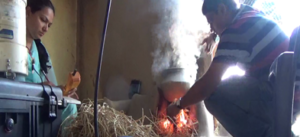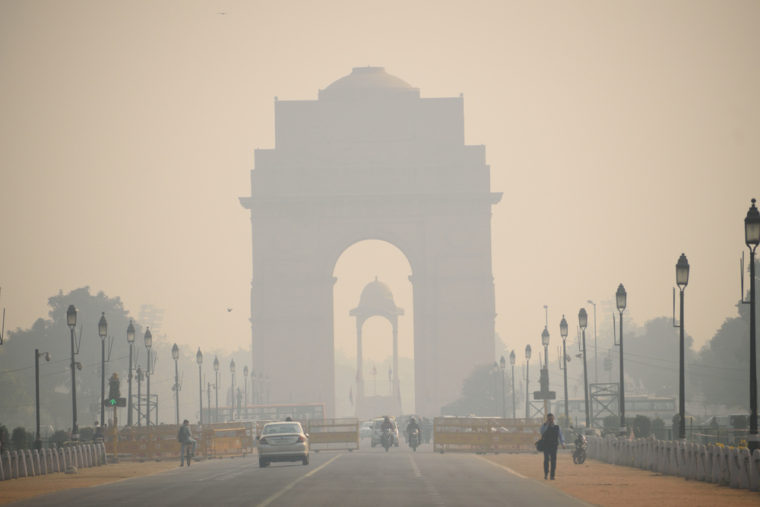Cookstoves are a central part of millions of homes throughout Asia: families often use readily available and cheap biofuels — such as crop chaff or dung — to prepare the food needed to survive.
Previously, numerous research groups worldwide have shown, mostly based on laboratory experiments, smoke emitted from stoves used for both cooking and heating have a definite, detrimental environmental impact, particularly in India. Despite advances in technology, many people are reluctant or unable to adopt the newer, cleaner cookstoves. For several years, a collaborative team from Washington University in St. Louis has studied the issue and potential solutions. Now, new research gives them a clearer picture of the topic’s true scope.
“Our project findings quantitatively show that particulate emissions from cookstoves in India have been underestimated,” said Rajan Chakrabarty, assistant professor of energy, environmental & chemical engineering at the School of Engineering & Applied Science.
The research, recently published in Atmospheric Chemistry and Physics, was the culmination of field studies conducted in India by faculty members at Washington University’s School of Engineering & Applied Science and the Brown School. In December 2015, the researchers spent 20 days running a series of tests in Raipur, a city in central India where more than three-quarters of the families use cookstoves to prepare their meals.
Working in tandem with scientists from Pandit Ravishankar Shukla University in Raipur and the Indian Institute of Tropical Metrology, as well as with collaborators from the Desert Research Institute in Reno, Nev., researchers burned a wide variety of biofuels acquired from different parts of India, cooked different meals in a number of varying ventilation situations, then recorded the resulting emission levels using high-tech particle measurement devices. Once the data was crunched back in St. Louis, the results were startling: In some cases, more than twice the emission levels were detected when compared to the previous lab findings.

“We went out to the rural parts of India to see what was really happening,” Chakrabarty said. “Traditional cookstove burning is one of the largest source of pollutants in India. We found it’s a really big problem; this is revising what people knew for decades.”
While further investigation is needed to evaluate the exact effect of cookstove emissions on the climate and health, the researchers say their work lays the foundation for further improving the process by which those effects are evaluated and measured.
“We went in with some real advanced instruments to map out detailed information on the emissions,” said Pratim Biswas, the Lucy and Stanley Lopata Professor and chair of the Department of Energy, Environmental & Chemical Engineering. “We also used low cost sensors that we developed. A large number of these could be simultaneously deployed to provide information on the spread of the plume. It’s not about taking a single reading.
“This then allows us to eventually determine the regions of hot spots and what locations would have high concentrations,” he said. “This detailed characterization of the situation is very critical, and that can only happen in the field. We can’t be doing it here in the lab.”
Click here to learn more about Washington University’s cookstove project.
This research was supported by the National Science Foundation (AGS1455215) NASA ROSES (NNX15AI166G) and the International Center for Energy, Environment and Sustainability at Washington University. The work is performed under the auspices of the Center for Aerosol Science and Engineering (CASE).
